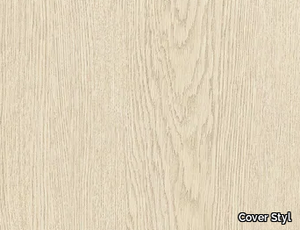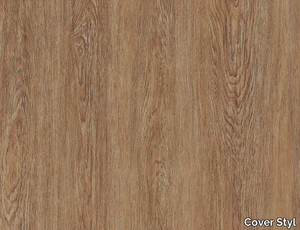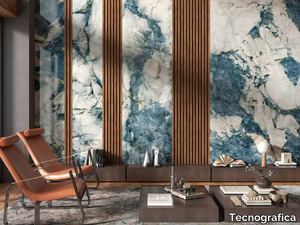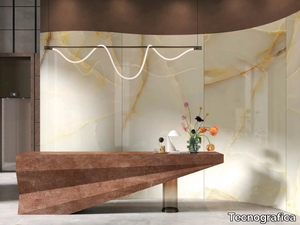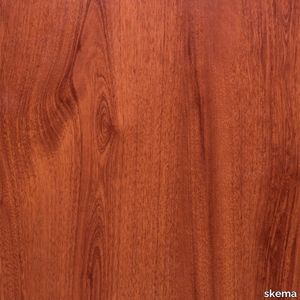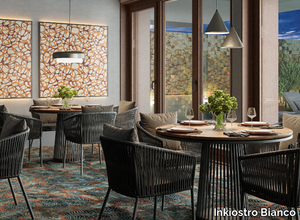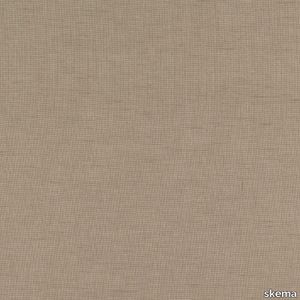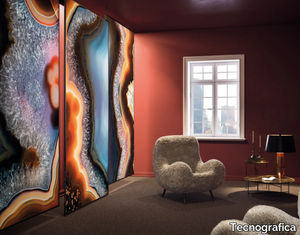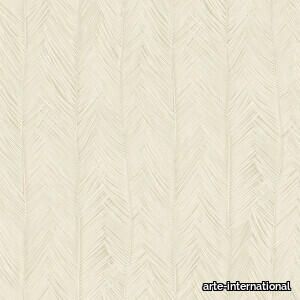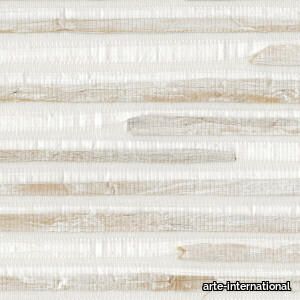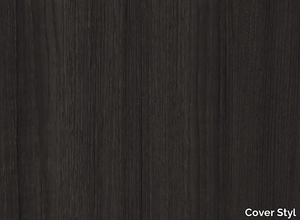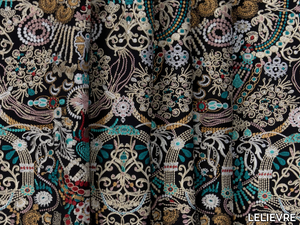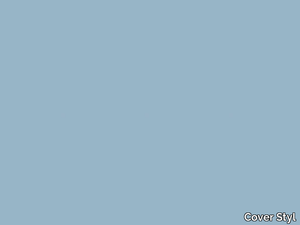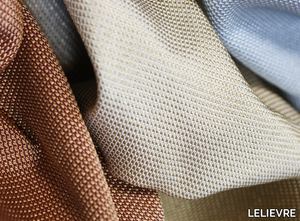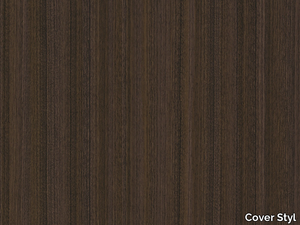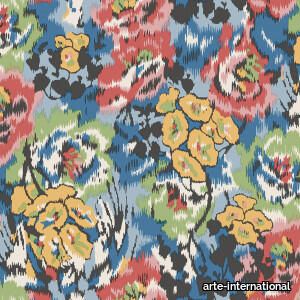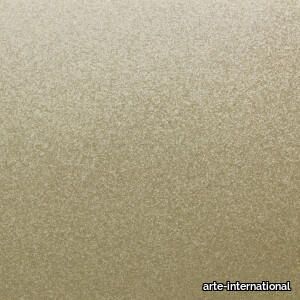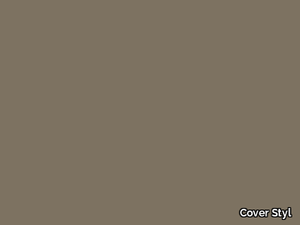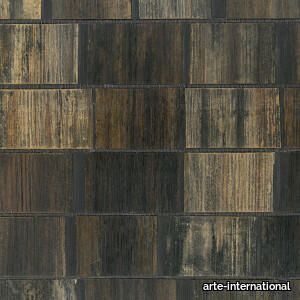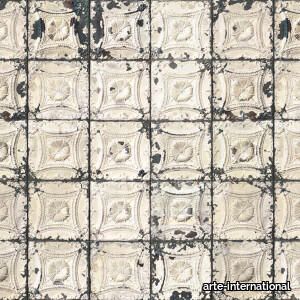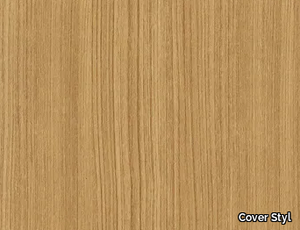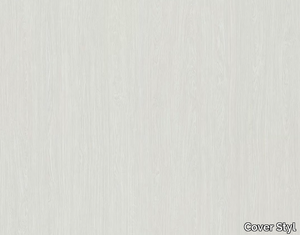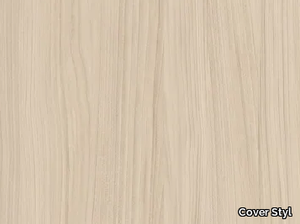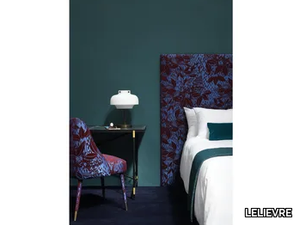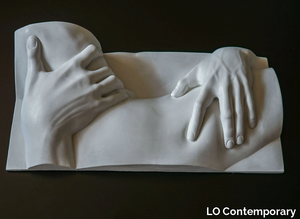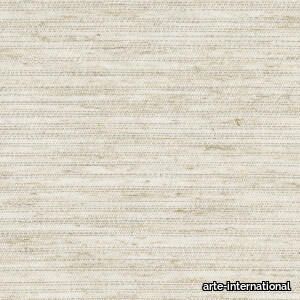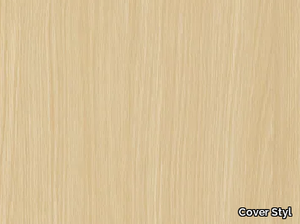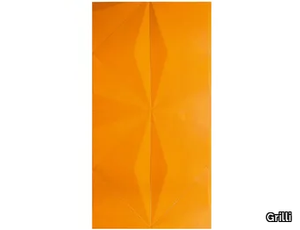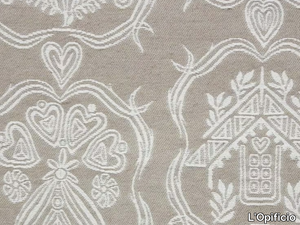Industrial TAUPE
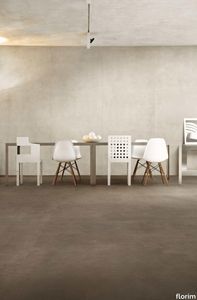
florim > Wallcovering
A cementitious material in its purest and most rigorous form The proposed decorative system defines balanced compositions of eye-catching organic shapes where the fragmentation of the material becomes an element of creative expression.
Latus
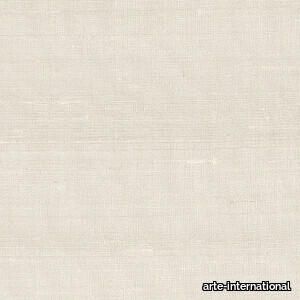
arte-international > Wallcovering
Silk imitation that is in perfect harmony with the other references. Featuring the irregularities of natural silk, with a thicker or rougher thread from time to time, and the full, intense colours of real silk.
Origami
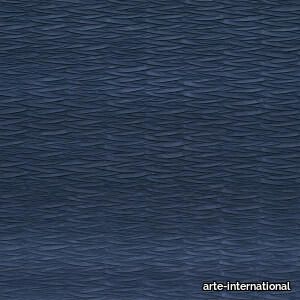
arte-international > Wallcovering
The imitation of folded paper reflects the ripple of moving water. The pleats create a lot of relief and the repetitive nature brings peace and regularity. The luxurious finish of the top layer is a silk gloss ink with an elegant silk look as a result.
Camber
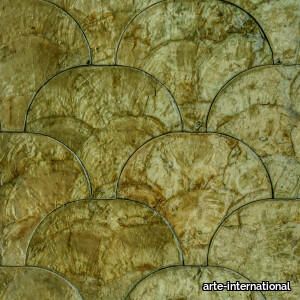
arte-international > Wallcovering
Wallcovering of capiz, oyster-like shells that are coloured, cut and placed in geometric patterns by hand. Capiz is a real natural product; each shell is unique and differs in colour and structure.
L'Extase

arte-international > Wallcovering
Closed, geometric shapes capture your attention in this mobile pattern. It makes a nod to lace, which creates an instant feeling of luxury. A surprising but inviting design!
FORMS - WAVE LIN - Linen wall fabric _ Élitis

Élitis > Wallcovering
**Forms - Wave Lin** is a stunning 3D wallcovering crafted from pure linen, made in France and certified by Master of Linen, offering both aesthetic appeal and acoustic properties. This avant-garde collection features futuristic designs with raw, geometric patterns, blending materials like wool, linen, and faux-suede to create soft undulations and quilted forms. Available in variants such as *Forms | Petite houle | RM 1054 01*, it is ideal for monochrome or colorblock decors, adding a unique charm to any space. The collection also includes a new linen texture inspired by the Madone design, with woolen accents for bold statements and neutral tones for a natural, understated elegance. A downloadable 3D file of the product is available for design visualization. **Élitis**, the supplier, is a globally recognized French brand founded in 1988, celebrated for its innovative and luxurious wallcoverings, fabrics, and furniture, blending contemporary design with timeless craftsmanship.
TALEA TEX
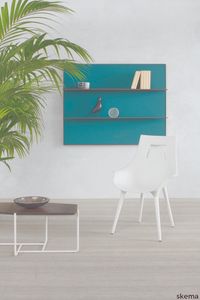
skema > Wallcovering
Talea TEX is a sound-absorbing wall panelling with a resonant cavity structure. An adaptive wall that from a single element generates a modular, versatile, free wall system. The wall is clothed in colour and softness, and its sound function is enhanced by the skilful use of FIDIVI - ONE fabric. Distinctive elements of Talea are the three shelf formats that transform it into a modular bookcase, an equipped wall, an ideal support for entrances, meeting spaces, waiting rooms but also living areas. A decorative element that can be coordinated with the vertical panel or can play with different colours, finishes and materials.
Koi
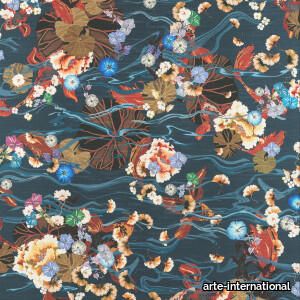
arte-international > Wallcovering
This scene of a Japanese pond viewed from above reflects the lush natural beauty of water. Be surprised by the depth in the design and discover life above and under the water. The textile with a silk look represents elegance and refinement.
Tropicali

arte-international > Wallcovering
In this tropical scene, drawn in the Old English style, you will discover exotic plants and birds on a base with a bouclé textile look. The illusion of fine tears in the drawing accentuates the craftsmanship of this design.
Tie-Tami
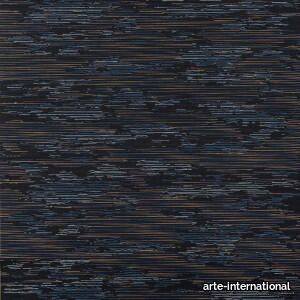
arte-international > Wallcovering
Treat your eyes to the rich and versatile colours of spectacular sunset. This jute and raffia wallcovering, honouring the ancient Japanese flooring solution of woven tatami-mats, pictures abstract clouds that slowly drift by while the day gives way to night.
Lin
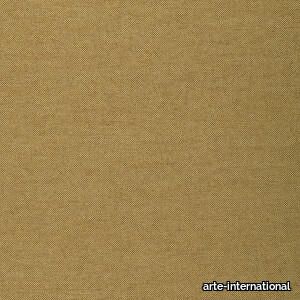
arte-international > Wallcovering
This wallpaper is as warm and tactile as linen, with the same natural appearance.
Chimera Ritmo Beige
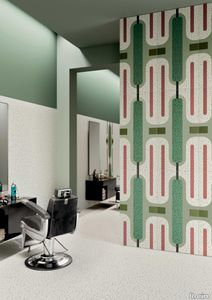
florim > Wallcovering
In <em>Chimera,</em> Elena Salmistraro merges rigour with self-expression, in a graphic grammar laden with symbolic meaning. <em>Empatia </em>speaks to the emotions with graphics that interpret, through a highly individual abstract code, the stage make-up of a clown, with the aid of superimposed geometric forms and images. <em>Radici </em>is a tribal statement, a tribute to primitive ritual custom, evoked by the interplay between a sequence of triangles and rectangles and a set of figurative fragments. <em>Ritmo</em> is inspired by fabrics, suggesting the rhythmic alternation of woven yarns through a largely linear pattern. In <em>Colore, </em>the upheaval of a background of small isolated spots generated by a parametric digital program is combined with densely packed repeated forms. "The Chimera collection is rather like a book with four different chapters: I set out to differentiate these graphic motifs to create four totally different stories."<br></br>Elena Salmistraro It all starts with drawing. A <em>passion</em> for drawing. An <em>obsession</em> with drawing. Drawings like spider-webs, obsessively filling spaces, in a kind of manual choreography or gymnastics, a continuous flow. Elena Salmistraro draws all the time. She draws everywhere. Mostly on loose sheets or random surfaces. First and foremost with pen and pencil. Her drawings only acquire colour at a later stage. Often - just like Alessandro Mendini used to do - she draws "monsters": fascinating yet disturbing, subversive forms. The denser, more contorted the shape, the more obvious its underlying truth. For Elena, drawing is an intimate act. It is relaxing. And therapeutic. With an unrivalled communicative strength. Because drawing gives shape to ideas: you both give form to the world and reveal yourself. This passion, combined with natural graphic talent, has guided Elena Salmistraro in her project for Cedit: an experimental series of ceramic slabs produced using a high-definition 3D decorative technique. The explicit aim is to transform surfaces beyond their original flatness so that a new, visual and tactile, three-dimensional personality emerges, sweeping aside the coldness and uniformity that ceramic objects often inevitably convey.Elena Salmistraro has always viewed ceramics as a democratic material, in view of their accessibility, and the infinite potentials for shaping matter that they provide. She began working and experimenting with ceramics very early in her career, just after she graduated from the Milan Politecnico in 2008. She came into contact with small artistic craft firms specialising in smallproduction lots, and cut her teeth on projects that demanded the hand-processing of every detail, and finishes of high artistic value, for the high end of the market. The large corporations and galleries came later, but here again Elena kept faith with her desire to make mass-produced pieces unique, and to combine artistic value with specifically industrial characteristics. The monkey-shaped <em>Primates</em> vases reflect this method and intention, aiming to excite, surprise and charm. Antiminimalist and hyper-figurative, playful, ironic and a rich image-maker, often drawing on anthropology and magic, over the years Salmistraro has built up her own fantastic universe, inhabited by ceramic bestiaries, painted jungles and a cabinet like a one-eyed cyclops , always finding inspiration and inputs in nature and always aiming to reveal the extraordinary in the everyday. Given this background, it was almost inevitable she would work with Cedit: constantly seeking new talents and new approaches, as well as designs that break down the boundaries of ceramics and release them into the realm of art and innovation, the Modena company has recognised Elena Salmistraro as a leading contemporary creative spirit and involved her in a project intended to experiment with fresh ideas in materials and synaesthetics.Salmistraro's collection for Cedit is entitled <em>Chimera</em> and consists of large ceramic slabs, which can be enjoyed not only visually, through their patterns and colours, but also on a tactile level. Like the chimera in the "grotesque" tradition, monstrous in the etymological sense of the word with its merging of hybrid animal and vegetable shapes, the Cedit project attempts to originate a synaesthetic form of ceramics, through a three-dimensional development that exactly reproduces the texture of leathers and fabrics, creating an absolutely new kind of layered effect, with a tactile awareness that recalls the passion of grand master Ettore Sottsass for "surfaces that talk". And the surfaces of the slabs Salmistraro has created really seem to talk: in <em>Empatia </em>clown faces add theatricality to the cold gleam of marbles, interspersed with references to Art Déco graphics; <em>Radici</em> uses the textures of leathers and hide as if to re-establish a link between ceramics and other materials at the origins of human activity and creativity; in <em>Ritmo</em> the texture of cloth dialogues with pottery, almost in homage to the tactile rationalism of warp and weft, of which Bauhaus pioneer Anni Albers was one of the most expressive past interpreters ; finally, <em>Colore</em> has a spotted base generated by computer to underline the contrast between analogue and digital, the graphic sign and the matter into which it is impressed. It is an aesthetic of superimposition and mixing, and especially of synaesthesia: as in her drawings, in the <em>Chimera </em>slabs Elena Salmistraro's art is one of movement and acceleration. A process not of representation but of exploration. Of the world and of oneself. Almost a kind of Zen, for distancing oneself from the world to understand it more fully. In every sense.
Banyan

arte-international > Wallcovering
This panoramic takes its name from the banyan tree, which is commonly found along the Silk Road. It lets you wander through a dreamy fantasy landscape, amid the hidden valleys and summits of the Himalayas. The fact that it has a look of pure silk truly makes the panoramic come to life.
Costume
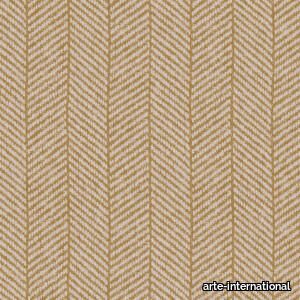
arte-international > Wallcovering
Thanks to its balanced pattern, Costume is a really graphic eye-catcher. The herringbone motif has a hint of vintage and gives a home a lively feel.
Rectangle
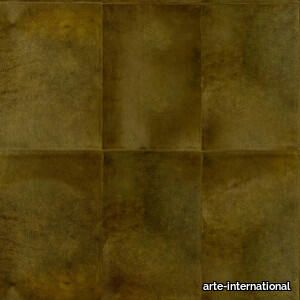
arte-international > Wallcovering
Stylish, exclusive and absolutely distinctive, this is the concept of Les Cuirs. By using different patterns and decorative colours, a leather wall becomes an object of art. The coarse stitching gives an extra tough character to this collection. Leather is an extremely natural and durable product, each skin has its own story and can contain scars or shades of colour. This makes Les Cuirs unique and exceptional.
Charm

arte-international > Wallcovering
A damask motif is pressed into the fabric with creativity and care.
